An insulated bulkhead is a thermal barrier in a trailer, truck body or van that separates fresh, frozen or dry goods. This allows multiple temperatures in one vehicle, or the reduction of cooled space to reduce energy consumption. There exist many different insulated bulkheads to accommodate to your needs.
Any successful “multi-temp” trailer set-up system uses insulated barriers. These products are used to create multi-temp zones in your trailer. Zones provide protection needed for temperature sensitive cargo. Companies increase efficiency and profits by cutting down on spoilage and cross contamination. The insulated barrier is the ideal solution for transporting frozen, refrigerated, and/or dry products.
Flexible-fit and disposable refrigerated bulkheads are changing the way multi freight and mixed load freight are managed for refrigeration transportation companies in the food, produce, floral, and pharmaceutical industries. They provide thermal insulation, flexibility, ease of installation, abuse protection, and reusability/disposability at a low cost.
Insulated bulkhead partitions allow you to separate temperature sensitive items creating a multi temp solution for frozen, cold, refrigerated and dry products. Insulated bulkheads allow separation when hauling a small load so you can maintain the temperature in the area of the product only and not cool the complete length of the trailer saving fuel.
Insulated partitions also prevent cold air loss when the doors are open. The insulated “curtains” block the opening of the doors, thereby assisting in the maintenance of temperature and thus saving fuel.
Even when there is only one temperature zone but a half-empty trailer — why cool the whole space when only half the load requires cooling?
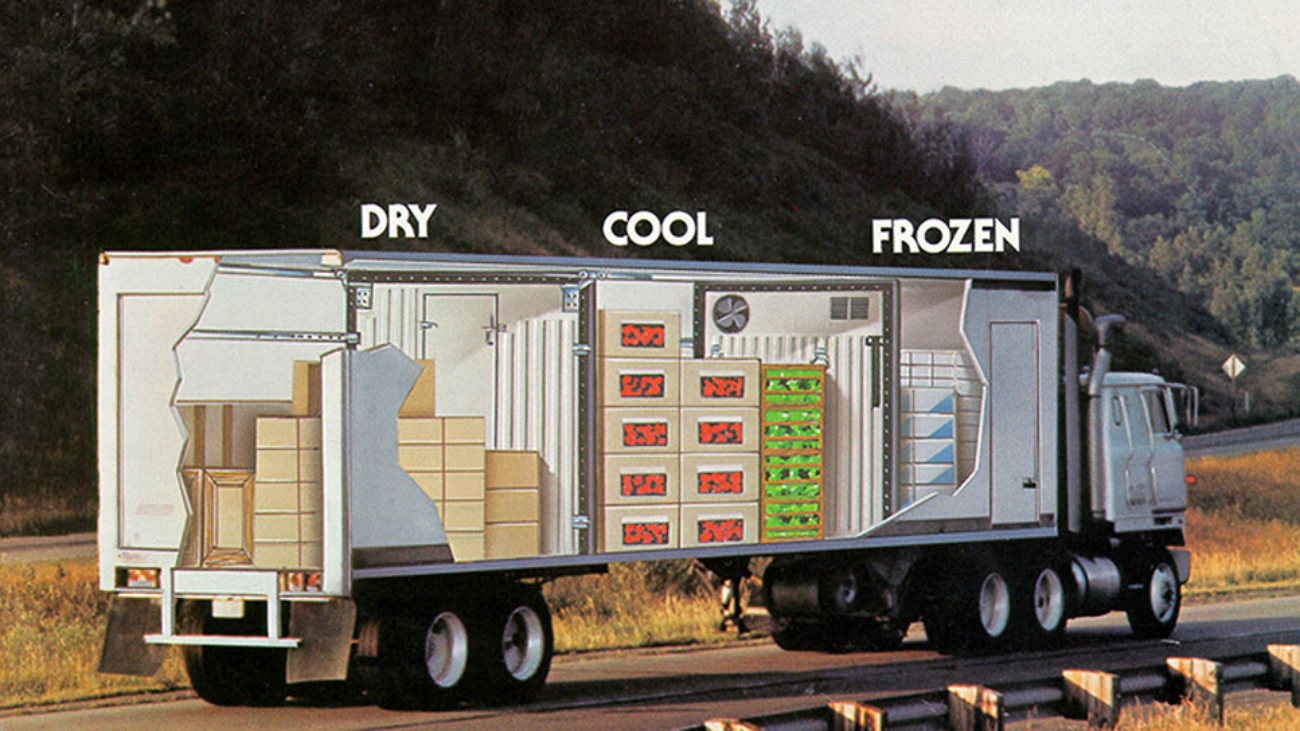
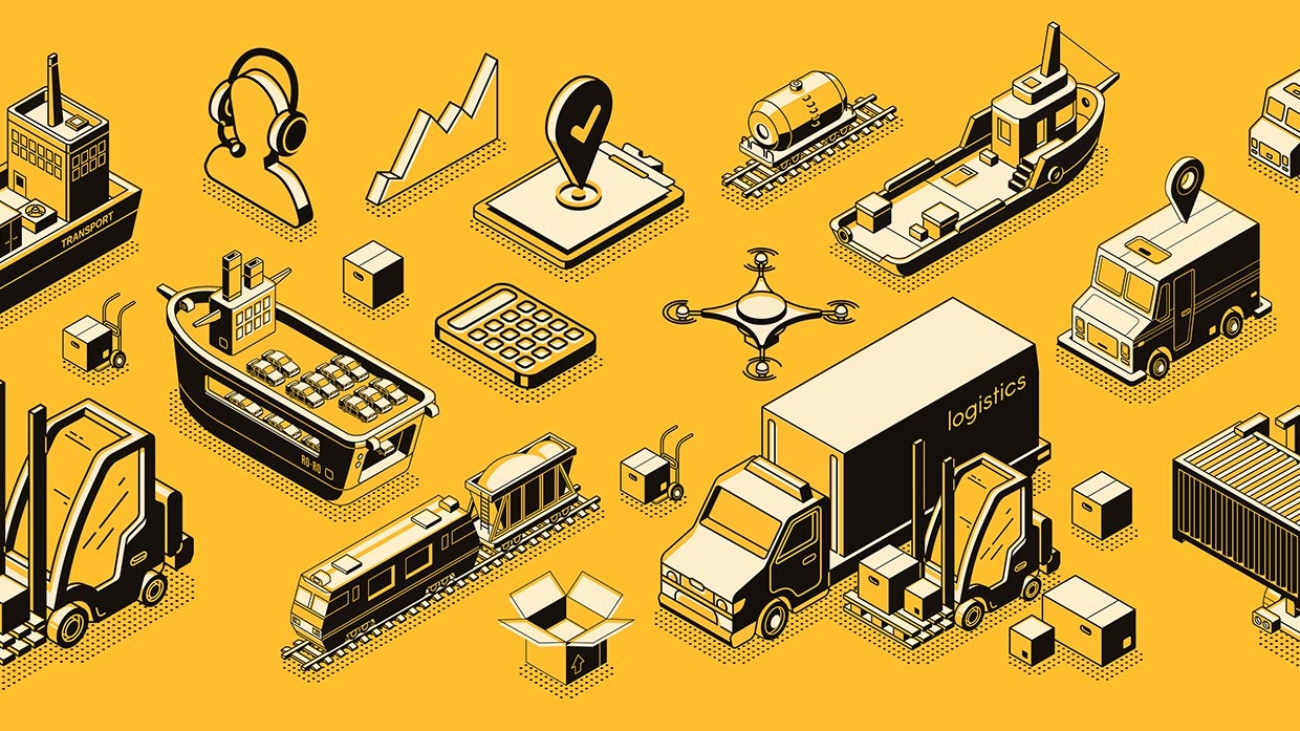

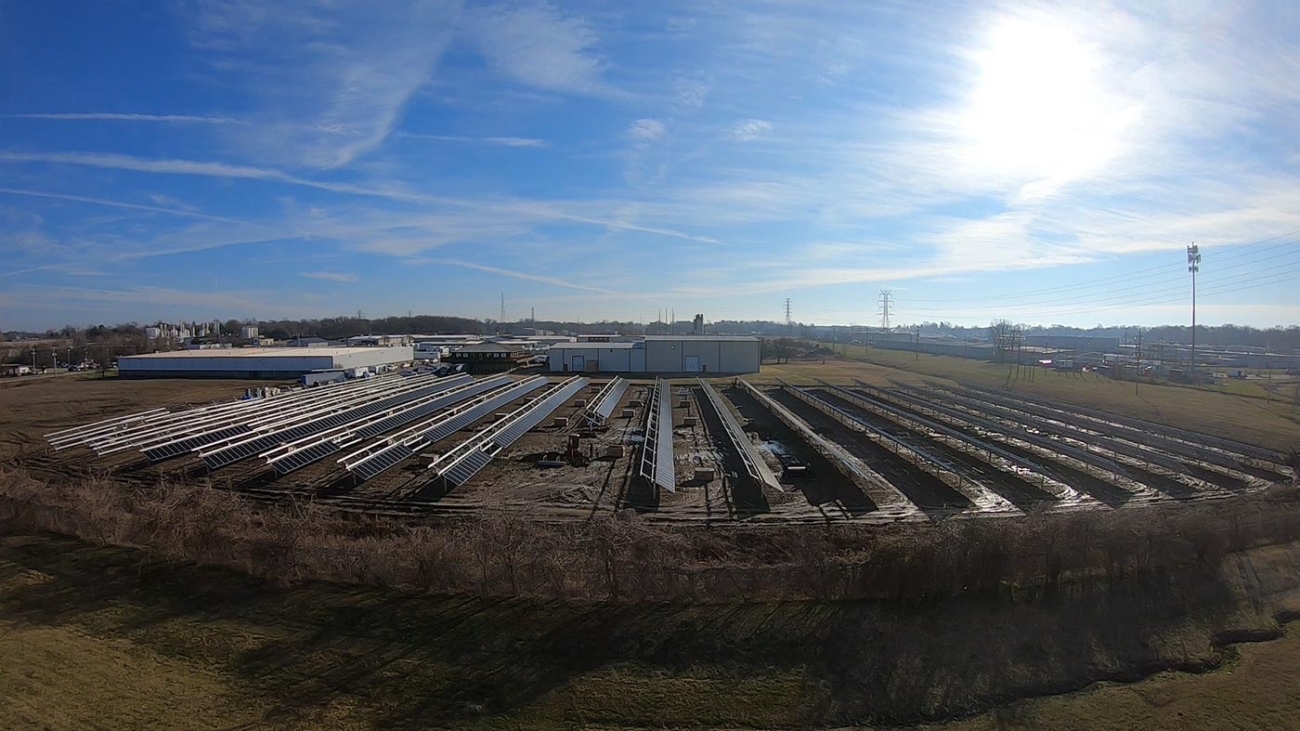
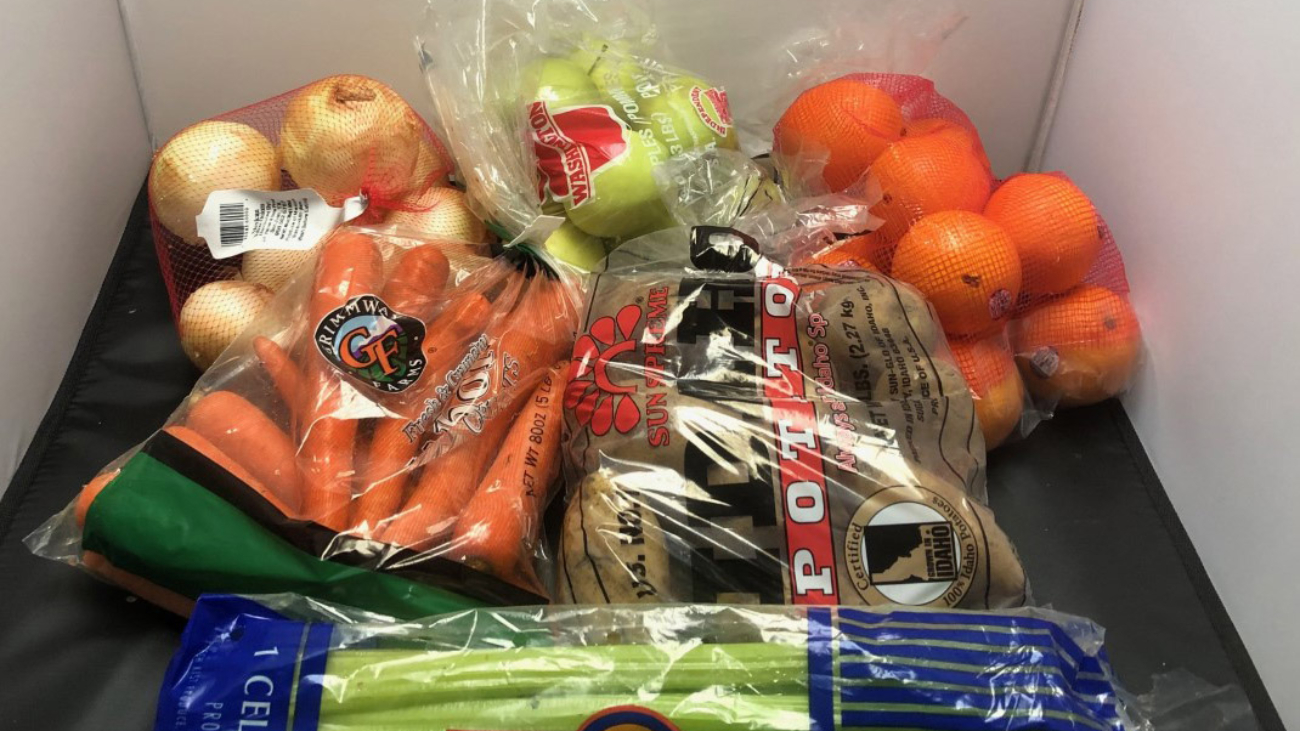

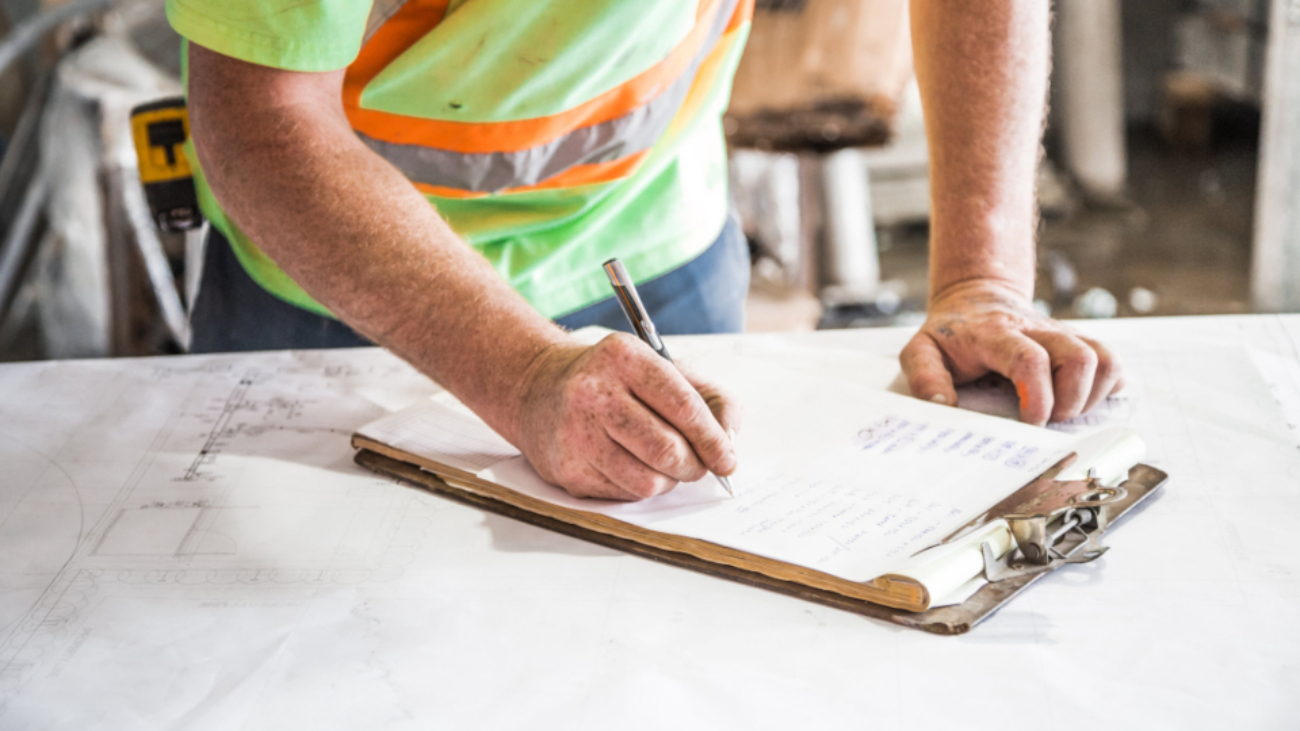
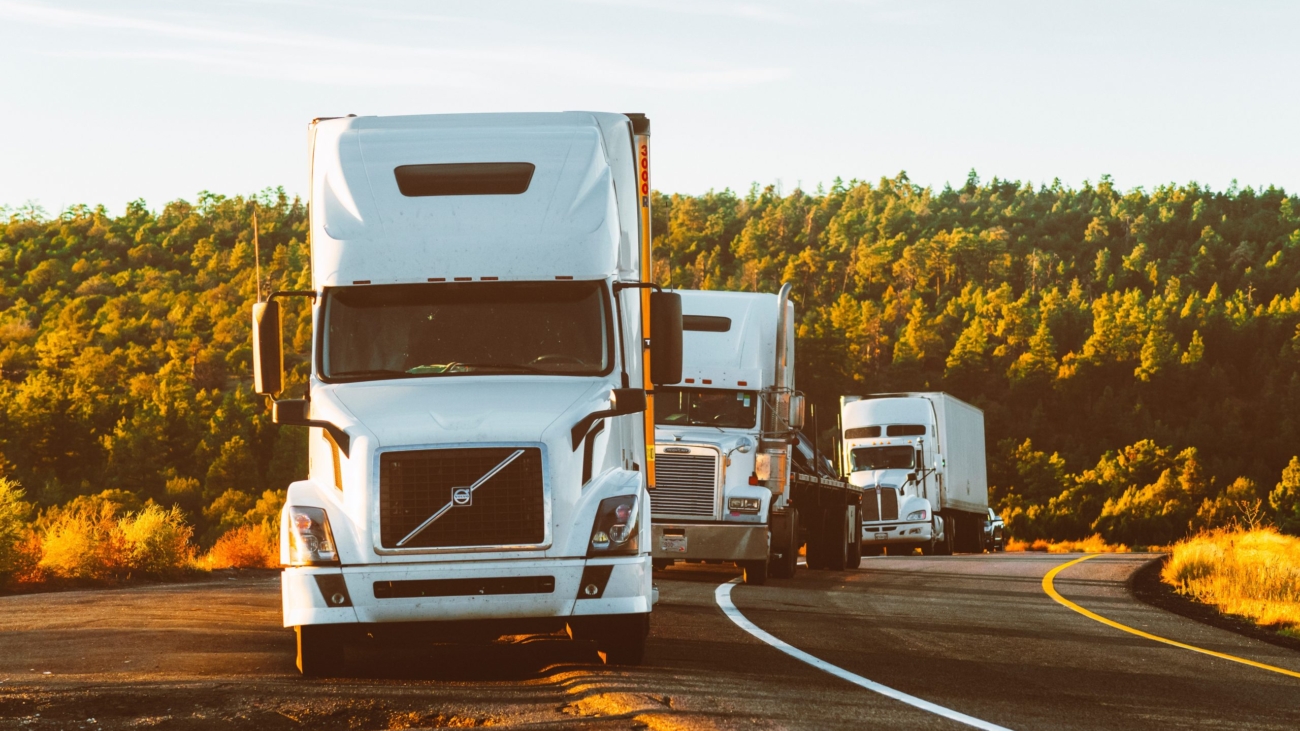
 It’s been six weeks and counting since the coronavirus (COVID-19) was declared a global pandemic by the World Health Organization (WHO). Lockdown orders have been put in place by states across the country to curb the spread of the virus. Businesses have shut their doors, shops have closed down, and millions are staying home self-isolating and just to stay safe. Truck drivers, however, are an exception to this development.
It’s been six weeks and counting since the coronavirus (COVID-19) was declared a global pandemic by the World Health Organization (WHO). Lockdown orders have been put in place by states across the country to curb the spread of the virus. Businesses have shut their doors, shops have closed down, and millions are staying home self-isolating and just to stay safe. Truck drivers, however, are an exception to this development.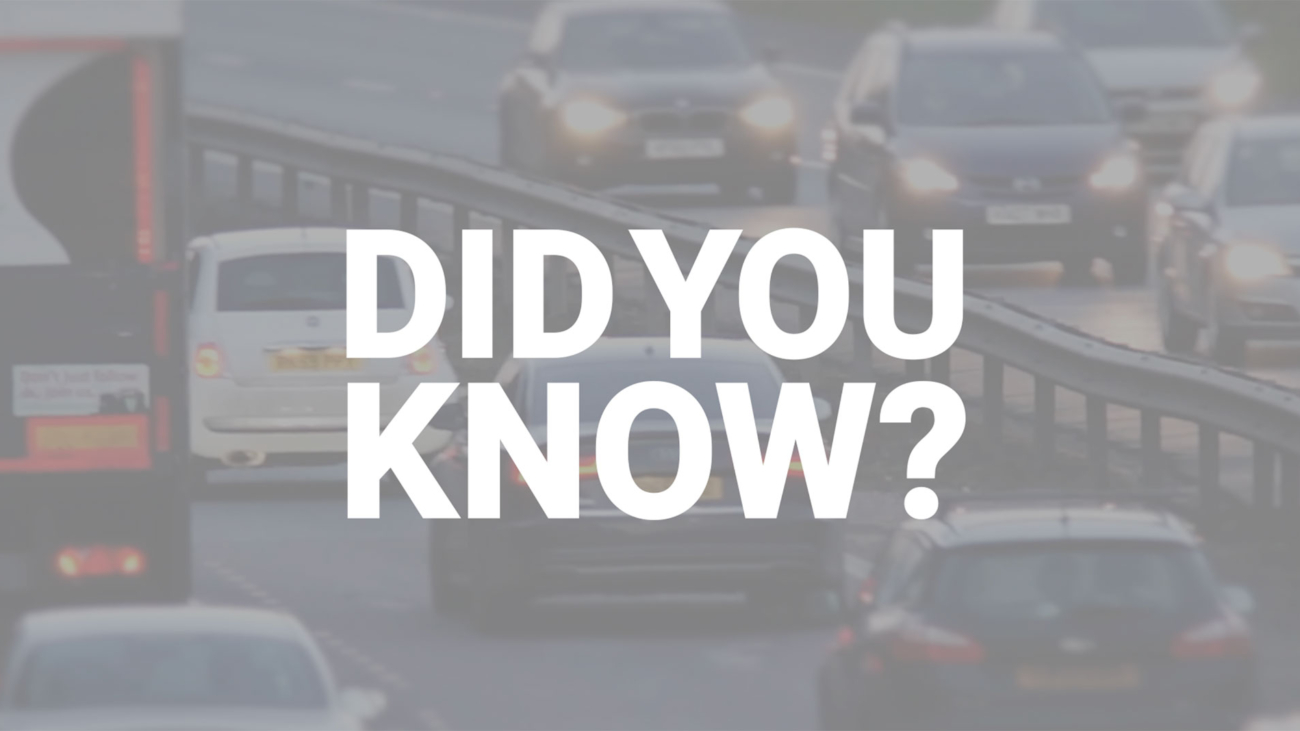
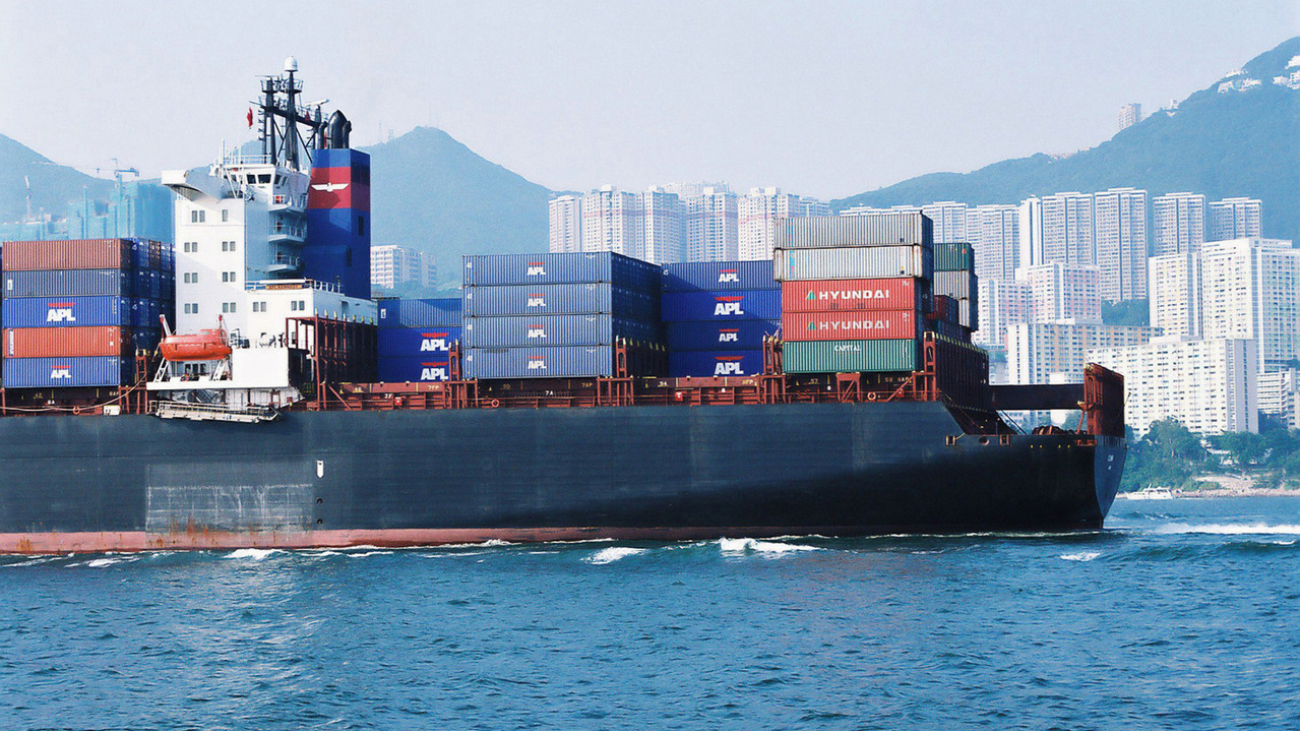
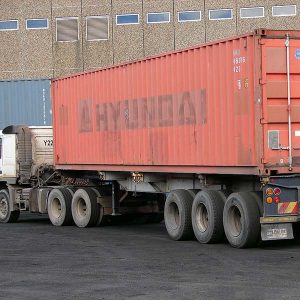
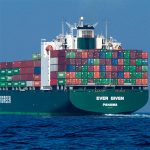 02. The Facts: Welcome to Intermodal 101.
02. The Facts: Welcome to Intermodal 101.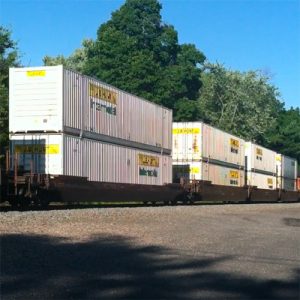
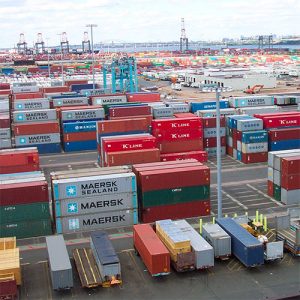 04. The Benefits: Saving big bucks.
04. The Benefits: Saving big bucks.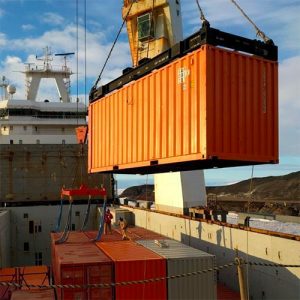 05. The Outro: Bringing it all together.
05. The Outro: Bringing it all together.